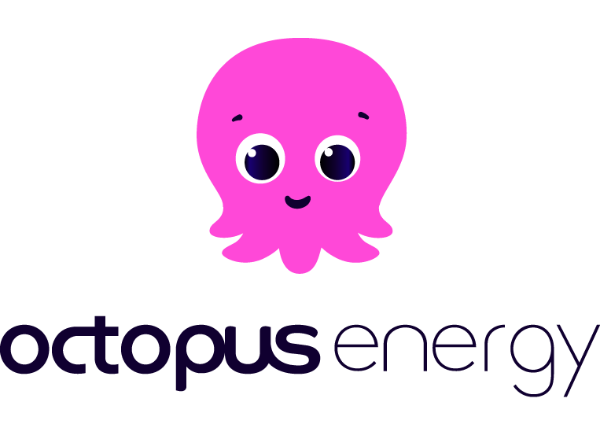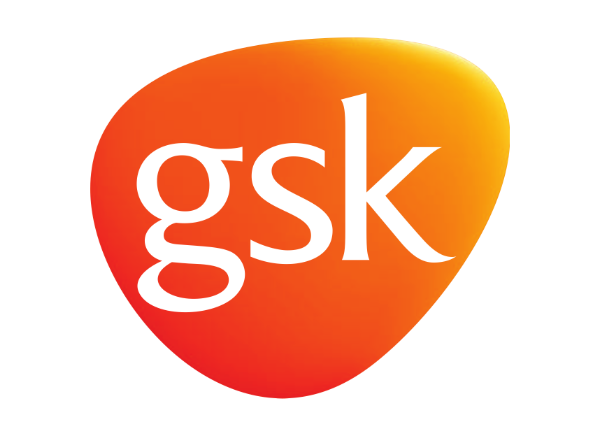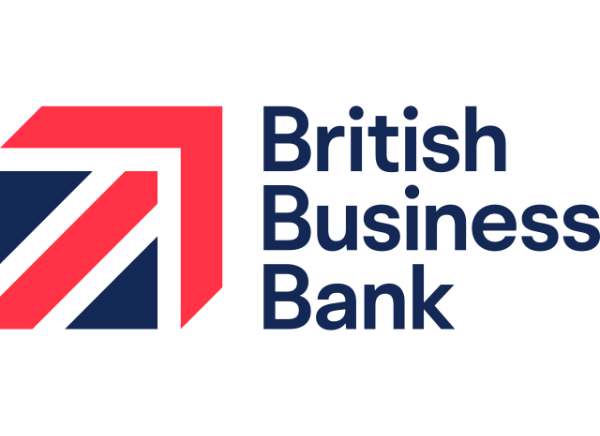WEB DESIGN SERVICES
Beautiful web design.100% bespoke to you.
Beautiful design. Incredible navigation. We design on-brand sites that attract customers, drive sales and boost your online brand presence. Based in Hertfordshire, we're Certified WP Engine Agency Partners.
Responsive web design
We build mobile-first, fully responsive websites and test each one across 3,000 mobile devices using BrowserStack.
Prototypes & wireframes
Get the structure and layout you want. We use Figma and Adobe XD to create wireframes before development.
User interface (UI) design
Your site needs seamless, friction-free navigation so users can find, choose and buy services and products.
100% tailored web design
From Photoshop to webpage, we design pixel-perfect sites that are entirely bespoke to you and your brand.
Brilliant web design from a UK WP Engine Certified agency.
We don’t design off-the-shelf websites. We create unique, beautiful and effective websites that bring your brand to life online and support your commercial goals. Our 100% UK-based in-house web design team have worked on some of the biggest websites for major UK and international brands.
We’re WP Engine Agency Partners and SEMrush Agency Partners, blending the best of WordPress design with core SEO technologies. We’re Cyber Essentials Certified to National Cyber Security Centre standards, which means our sites not only look the part, but we push secure design at the heart of every project.
Brilliant website design matters, and we prioritise responsive, pixel-perfect design that work across desktop and mobile device – no wonder, with 73.1% of site visitors leaving due to non-responsive design. Bad navigation (62%) and outdated design (39%) are also major factors in why our web design services can help.
Website design isn’t just about the pixels. We create sites that bring your brand to life – from colour palettes to words on the page – and with effective site navigation that helps your customers find what they’re looking for, and quickly. Web designs that are beautiful and effective? It’s our tried, tested and successful approach.

SEMrush Agency Partner
We’re a fully Certified SEMrush Agency Partner – giving you a fast track to tried and tested SEO experts.

WP Engine Agency Partner
We’re a Certified WP Engine Agency Partner delivering professional SEO-ready web development at scale.

Cyber Essentials Certified
We’re Cyber Essentials certified and part of HMG’s Communication Marketplace for UK public procurement.
Prototypes & Wireframes
At Submerge, interactive prototypes and wireframing are the blueprints of digital innovation. Before a single line of code is written, we map out your website’s journey with precision and creativity.
Our wireframes lay the structural foundation and our interactive UX and UI prototypes ensure you experience the flow, interaction, and essence of your site before it’s fully built. This process ensures that every aspect of the user experience is meticulously crafted and fine-tuned. We don’t just design websites.
We choreograph digital experiences, and it all starts with a wireframe and a vision that becomes tangible, testable and perfected long before launch.
- Visualise the website's layout early in the design process.
- Resolve usability issues before development begins.
- Refine navigation and features for optimal user interaction.

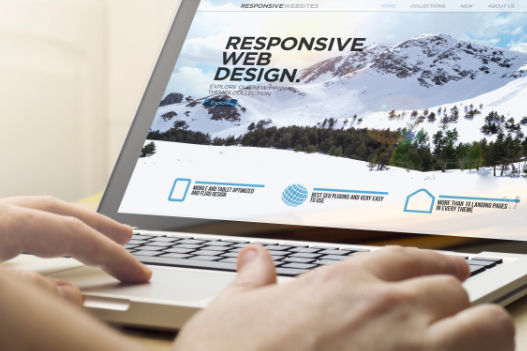
Responsive Web Design
Responsive design isn’t just a feature at Submerge, it’s the cornerstone of our digital philosophy. We craft websites that fluidly adapt, ensuring an impeccable experience on any device, any screen size.
Our web site designs are not just responsive; they are anticipatory, intuitively aligning with the user’s environment. This adaptability is not just about visual appeal; it’s about maintaining functionality and engagement, guaranteeing that your message is delivered with clarity and impact, regardless of how or where your audience chooses to connect.
With Submerge, embrace a web design that responds not just to screens, but to the evolving needs of your users.
100% Tailored Web Design
We don’t do cookie-cutter web designs. We build designs that are entirely aligned with your brand and business, bringing your vision to life.
We use web design tools such as AdobeXD, Photoshop and Figma. Our approach to pixel design is meticulous and intentional, ensuring that every visual element on your website resonates with precision and harmony.
We understand that design is in its details. Whether it’s crafting the perfect icon, choosing the right colour palette or fine-tuning the layout, we create website designs that are visually stunning and pixel-perfect. With Submerge, every pixel tells a story, and we make sure it’s a story worth remembering.
- Convey professionalism and enhance brand credibility.
- High-quality visuals improve user engagement and time on site.
- Make text, images and UI elements accessible and seamless.
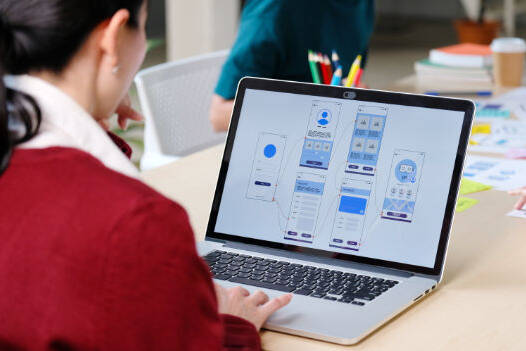

User Interface (UI) Design
We believe that a website’s interface is more than just a collection of pages – it’s the digital handshake between your brand and your audience.
Our UI design not only captivates but also creates an intuitive and seamless user journey. Each button, each swipe and each scroll is engineered for ease and engagement, transforming the user experience into an interactive story.
We blend aesthetics with ergonomics, ensuring that every element is both visually stunning and effortlessly navigable. By prioritising clarity, responsiveness and elegance, our web design interfaces are visually breathtaking and deeply resonant with your user’s needs.
With our web design approach, we don’t just present your brand – we elevate it.
Based in Hertfordshire, we’re a web design agency that blends aesthetic excellence with functional brilliance. Our web designs ensure that your first digital impression becomes a lasting impact, turning visitors into advocates. We make sure your brand doesn’t just appear, it resonates.
94%
Of first impressions are related to your site’s design.
39%
Of visitors leave a site due to an outdated design.
60%
Of customers rate usability as a vital part of a site.
200%
The boost in conversion due to good UI design.
Source Hubspot
Web design, meet business goals. Our designs drive traffic, sales and revenue.
Brilliant website design should be driven by business goals and KPIs. You need your site to work for your business and see a return on your investment. That's where Submerge's web design team steps in.
- Effective, goal-drive design.
- Generate online sales.
- Get a positive ROI.
Submerge’s web design services aren’t just about creating a site. It’s about crafting a digital experience that captivates and converts. Every click is a journey, every page a narrative that entices your audience, driving engagement and fostering loyalty.
We’re performance-driven. A good website should support your business goals – whether that’s selling more products from an online store or capturing leads for B2B services. We integrated Google Analytics and Google Search Console, as well as CRM integrations such as HubSpot, CRO tools and APIs such as SaleForce.
Design should align with your brand, too. Forget scrappy, homespun sites that look like the 90s internet. Modern, sleek, professional designs help your brand feel fresh and relevant to your customers.
Web Design Services FAQs
Web design is the creative and technical process of building a website, an intricate blend of art and science, where aesthetics meet functionality. At its core, web design involves the creation of the visual layout, content placement, and the overall user experience of a website. It’s not just about making a site look appealing; it’s about crafting an interactive digital environment that resonates with its intended audience.
The process begins with understanding the purpose of the site – whether it’s to inform, entertain, sell products or services, or provide a platform for social interaction. From there, web designers conceptualize and create the layout, colour scheme, typography and graphics, ensuring that the site is not only visually pleasing but also aligns with the brand’s identity and values.
Web design goes beyond mere aesthetics. It encompasses user interface (UI) design, focusing on the ease with which users can interact with the site, and user experience (UX) design, ensuring a seamless and engaging experience for the user. This involves careful planning of the site’s structure and navigation, with a keen focus on making it intuitive and user-friendly.
Web design also involves creating responsive designs that adapt to different screen sizes and devices, ensuring a consistent experience whether the site is accessed from a desktop, tablet, or smartphone. This adaptability is crucial in a world where mobile internet usage is rapidly surpassing desktop usage.
Furthermore, web design is not a one-time task but an ongoing process. It includes regular updates and redesigns to keep up with the latest design trends, technologies, and user expectations. Web designers often utilize tools like Adobe Photoshop, Illustrator and Figma, and web development technologies such as HTML, CSS and JavaScript to bring their designs to life.
In essence, web design is the art of creating digital experiences that are not only visually compelling but also functional, accessible, and user-centric. It’s about building a digital presence that effectively communicates a brand’s message and engages its audience in a meaningful way.
Our web designers are professionals who combine creative vision and technical skills to craft websites that are not only visually appealing but also functionally robust and user-friendly. Our web design service is entirely in-house and 100% UK-based.
The role of a web designer encompasses a wide array of activities, each crucial to the successful creation and maintenance of a website.
- Understanding client needs – A web designer begins by comprehending the client’s requirements, goals, and target audience. This involves discussions or briefings to grasp the purpose, desired look, and functionality of the website.
- Research and planning– They conduct thorough research which includes analyzing the target market, exploring competitor websites, and understanding current design trends. This research aids in planning the structure and navigation of the site, often illustrated through site maps and wireframes.
- Design creation – Web designers create the visual aspects of a website. This involves selecting colour schemes, fonts, and layout designs that align with the brand’s identity. They use design software like Adobe Photoshop, Illustrator, or Sketch to create mockups and prototypes of the website.
- User Experience (UX) focus – They prioritise creating a seamless and engaging user experience. This includes designing intuitive interfaces, ensuring easy navigation, and making sure the website is accessible to all users, including those with disabilities.
- Responsive design – A crucial aspect of modern web design is ensuring that websites are responsive, meaning they look and work well on a variety of devices and screen sizes, from desktops to smartphones.
- Collaboration with developers – Web designers collaborate with Submerge’s web developers, who use the designer’s mockups to write the code that turns the design concept into a functioning website. They work together to ensure the final product matches the intended design and functions smoothly.
- Testing and feedback implementation – Before a website goes live, web designers test it across different browsers and devices to ensure consistency and fix any issues. They also make adjustments based on client feedback.
- Maintenance and updating – A web designer’s job doesn’t end with the launch. Websites require regular updates to content, design tweaks, and functionality improvements to stay current and effective. Submerge offers ongoing site maintenance under agreed Service Level Agreements. We use Uptime Robot to monitor site uptime.
- Staying updated with trends and technologies – Web designers must keep up-to-date with the latest design trends, technologies, and best practices in web development to provide the best solutions to their clients. Submerge designers undergo continual learning and development, ensuring we deploy the latest web design service thinking in your project.
Submerge’s web design services are a multi-faceted process, involving several key stages to transform a concept into a fully functional website. This journey, from the initial idea to the final product, requires careful planning, creative execution, and continuous refinement.
Here’s an overview of the typical processes and stages involved in web design at Submerge:
- Discovery and research – This initial stage involves understanding the client’s business, goals, target audience, and competitors. It’s a critical phase where web designers gather as much information as possible to inform the direction of the project.
- Planning and strategy – Based on the discovery findings, a strategic plan is developed. This includes creating a sitemap to outline the website’s structure and a wireframe to lay out the basic page elements and navigational scheme. This stage sets the roadmap for the design and development process.
- Design mockups and prototyping – With the plan in place, designers begin creating visual mockups, often using tools like Adobe XD, Photoshop, or Figma. These mockups provide a visual representation of the website, including layout, colours, fonts and imagery. Interactive prototypes may also be developed, offering a clickable model to simulate user interaction.
- Content development – Concurrently, content creation begins. This involves writing compelling and SEO-friendly text, as well as sourcing or creating images and videos. Content is crucial as it communicates the brand message and engages the audience.
- Development – This stage involves translating the design mockups into a working website. Web developers use coding languages like HTML, CSS, and JavaScript to build the site, ensuring it’s responsive and functional across different browsers and devices.
- Testing and Quality Assurance – Once the site is developed, extensive testing is conducted. This includes functionality testing, compatibility testing, and performance testing to ensure everything works smoothly. Any bugs or issues are identified and fixed during this stage.
- Client review and feedback – The website is then presented to the client for review. Feedback is gathered and revisions are made accordingly. This collaborative process ensures the final website aligns with the client’s vision and objectives.
- Launch – After final approvals, the website is ready to go live. This involves transferring files to a server, setting up domain names, and performing a final pre-launch check.
- Post-Launch activities – Post-launch, the focus shifts to maintenance and updates. Regular updates are crucial for security, functionality, and keeping the content fresh and relevant.
- Evaluation and analytics – Lastly, the website’s performance is monitored using tools like Google Analytics. This data helps in understanding user behaviour and making informed decisions for future updates or improvements.
Each of these stages is integral to the web design process, ensuring the final website is not only aesthetically pleasing but also functional, user-friendly, and aligned with the client’s business goals. The process is iterative and collaborative, requiring ongoing communication between the designer, client, and other stakeholders.
Frontend web design is a crucial aspect of website development that focuses on everything a user directly interacts with on a website. Submerge has in-house frontend developers for all our projects. The role combines the art of design with the science of coding to create an engaging and interactive user experience. Frontend design is about bringing to life the visual and interactive elements of a website, ensuring that the site is not only visually appealing but also intuitive and user-friendly.
- Visual design – Frontend web design starts with creating the website’s look and feel. This involves selecting colour schemes, fonts, layout structures, and imagery. It’s about crafting a visual language that aligns with the brand’s identity and appeals to the target audience.
- HTML/CSS development – The backbone of frontend design is HTML (HyperText Markup Language) and CSS (Cascading Style Sheets). HTML is used to structure the content on the web page, while CSS is used for styling this content. Together, they turn the design vision into a visible and interactive website.
- JavaScript and interactive elements – JavaScript is another key component of frontend design. It’s used to create dynamic and interactive elements on a webpage, such as dropdown menus, modal windows, and form validations. JavaScript enhances the user experience by making the website more engaging and responsive to user actions.
- Responsive and adaptive design – With the variety of devices and screen sizes available today, frontend designers must ensure that websites are responsive. This means designing websites to automatically adjust and look great on any device, whether it’s a desktop, tablet, or smartphone.
- User Experience (UX) principles – Frontend web design is heavily focused on the user experience. Designers must understand how users interact with websites and use this knowledge to create intuitive navigation and user-friendly interfaces. They work to minimize page load times, optimize website performance, and ensure that the website is accessible to all users, including those with disabilities.
- Testing and debugging – Part of frontend design is testing the website across different browsers and devices to ensure consistency and fix any issues. Debugging is an ongoing process to iron out any bugs and improve the site’s functionality and performance.
- SEO fundamentals – Frontend designers also need to have an understanding of SEO (Search Engine Optimisation) principles. They ensure that the website’s design is optimized for search engines, which involves using the right tags, optimising images and ensuring fast load times.
In essence, frontend web design is about creating the part of the website that users see and interact with. It requires a combination of design skills, technical knowledge, and an understanding of user behaviour to create websites that are not just visually striking but also functionally robust and easy to navigate.
The cost of website design can vary widely depending on several factors, making it a question with no one-size-fits-all answer. The price of designing a website can range from a few thousand pounds to major projects that cost more than £50,000. Submerge works on projects that generally range from £10,000 to £150,000. We don’t work on small, page builder sites, and instead create unique custom designs.
To understand this better, let’s break down the key factors that influence the cost:
- Complexity and size of the site – The more pages and features a website has, the higher the cost. A simple, small website with just a few pages will cost significantly less than a large, complex site with multiple sections, intricate navigation, and advanced features.
- Custom design vs template – Using a pre-designed template is generally more affordable than creating a custom design from scratch. Custom designs require more time and expertise, thereby increasing the cost. At Submerge we create 100% custom designs, so you get a unique, tailored site build to bring your brand to life.
- Functionality and interactivity – Websites with special functionalities like e-commerce capabilities, forums, interactive menus, or live chat require more complex coding, which can increase the price.
- Content creation – If the project includes creating content – like writing text, producing videos, or designing graphics – this will add to the cost. The more content you need, the higher the price. Submerge has an in-house, professional content team that has created content at scale for major UK and international brand sites.
- SEO and mobile responsiveness – Implementing advanced SEO strategies and ensuring the site is mobile-responsive are essential in today’s digital landscape but can add to the overall cost. For example, we use BrowserStack to test each site on over 3,000 live devices – from phones and tablets to laptops and desktop PCs.
- Maintenance and updates – Ongoing website maintenance and updates are often not included in the initial design cost and can be charged separately.
- Agency vs freelancer – Hiring a professional web design services agency such as Submerge usually costs more than working with a freelance web designer due to the broader range of resources and expertise agencies offer.
On average, small to medium-sized business websites can range from £2,000 to £10,000 for a basic to moderately complex site. More complex websites, especially those requiring custom development for large businesses or e-commerce sites, can range from £10,000 to £50,000 or more.
It’s important for businesses to consider not just the upfront cost but the value the website will bring. A well-designed website can be a powerful tool for business growth, and investing appropriately in its design can yield significant returns in the long run.
Discover our latest guides, advice and insightsinto effective web design.
15/07/2024
The Ultimate Guide to Digital Marketing Analytics
Want to maximise your digital marketing efforts with key…
10/07/2024
10 reasons to redesign your website for SEO
Create a winning online presence with a well-designed and…


